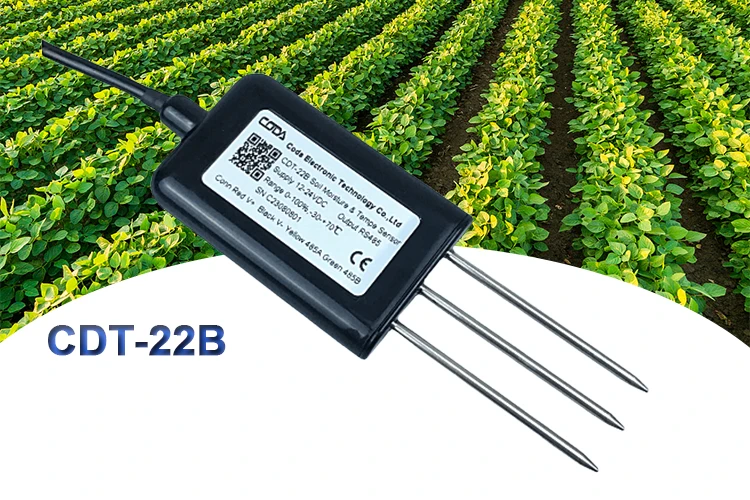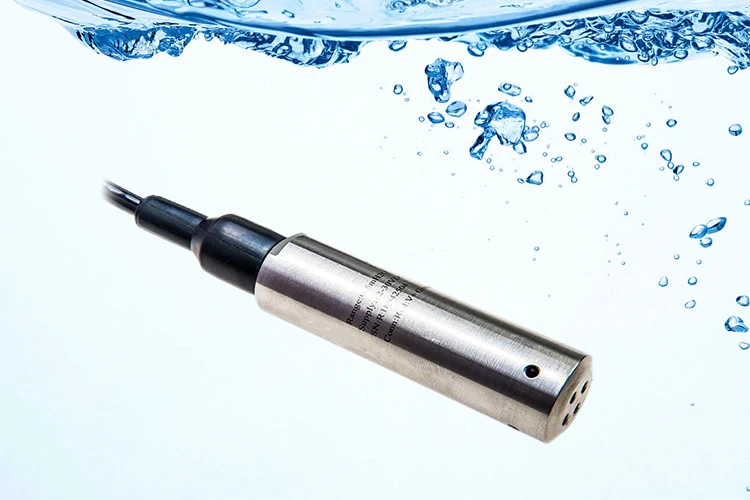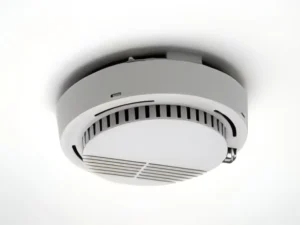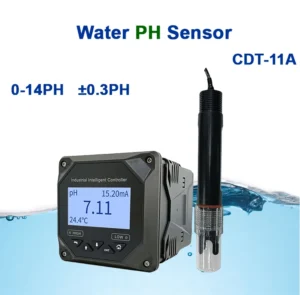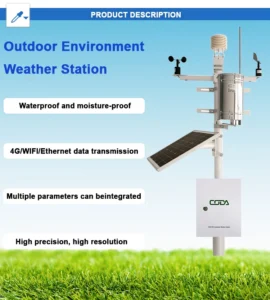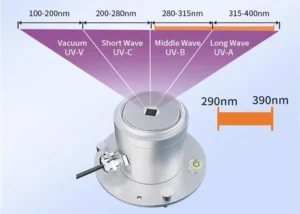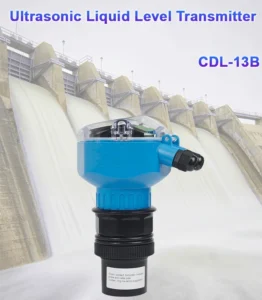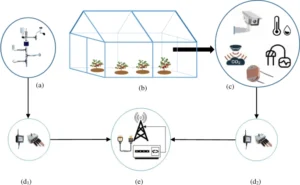What distinguishes a soil moisture sensor from a water level sensor?
Soil moisture sensors and water level sensor are different devices. Each one checks and monitors different aspects of water.
The main differences between soil moisture sensors and water level sensors are in these areas:
Measurement target:
A soil moisture sensor is a device that checks how wet the soil is. Researchers use it to find out how much water is in the soil. This information is important for farming, gardening, and watching the environment.
These sensors provide information about soil moisture at various depths. They help improve irrigation and manage water resources. Farmers and gardeners often use these sensors in their work.
Water level sensors measure how high water or other liquids are in a tank or container. People also know them as liquid level sensors. When the liquid reaches a set level, the sensor sends a signal. Operators can use this signal to turn on a pump, valve, or alarm system.
People often use these sensors in irrigation systems. They monitor water levels in containers, tanks, wells, and other storage. This is important for good water management. It helps prevent both overflows and shortages.
Operating principle:
Soil moisture sensors work on two main principles: resistive or capacitive. These devices measure soil moisture by checking conductivity or capacitance. Water level sensors measure how high the water is. They do this by detecting where the liquid meets the sensor or by sensing pressure changes.
Water level sensor
Environment:
People mainly use soil moisture sensors outside. Place them in the ground to check moisture near plant roots. Water level sensors are usually used indoors or in closed tanks. These sensors help track changes in water levels.
Application Areas:
Soil moisture sensors are common in farming, gardening, and irrigation. They help use water wisely and support plant growth. Engineers also use water level sensors in water treatment and pollution monitoring. These sensors help manage and control water resources effectively.
In summary, soil moisture sensors and water level sensors both measure water content. However, they differ in what they measure, how they work, where they are used, and their applications.
Engineers design soil moisture sensors to measure moisture in the soil. They also create water level sensors to check the height of water in storage systems.

